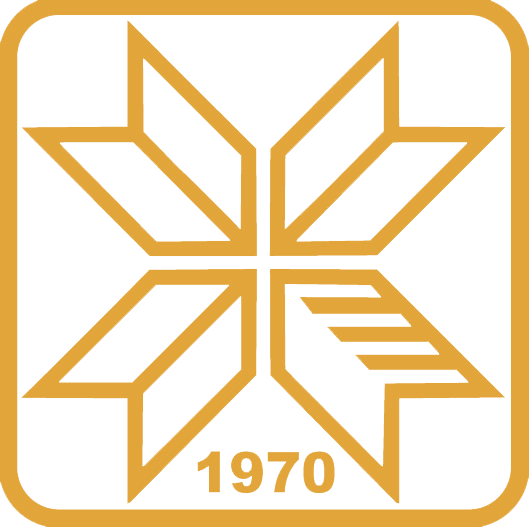Properties Of Elastomeric Composites Based On Three Network Precursors
Датум постављања документа
2019-04-10Аутори
Jovanović, Vojislav
Jovanović, Slaviša
Marković, Gordana
Samaržija-Jovanović, Suzana
Porobić, Slavica
Budinski-Simendić, Jaroslava
Marinović-Cincović, Milena
Метаподаци
Приказ свих података о документуАпстракт
The powder recycled rubber (PRR) can be used as a filler and a modifier for elastomeric materials and asphalt. Composites based on elastomers and recycled rubber powders are a serious challenge for the environment. The main goal of this paper was to study the effect of rubber powder on the mechanical properties of elastomeric composites based on three precursors of the network. Triple blends were prepared using non-polar natural rubber (NR), polyisoprene rubber (BR), and styrene-butadiene rubber (SBR) (mass ratio 40/40/20). In all rubber compounds, the carbon black (CB)/PRR mass ratio is constant (60). Samples were prepared using two roll mill. The characteristics of hardening (optimum cure time, scorch time, minimum and maximum torque) of rubber mixtures were tested. Tensile strength, modulus at 100% elongation and elongation at break are decreasing with PRR ratio is increasing. It is due to poor adhesion of PRR into NR/BR/SBR/CB matrix. The thermal degradation temperature shifts to a higher temperature up to 5 phr of PRR in NR/BR/SBR/CB rubber blends. Fourier-transform infrared spectra of NR/BR/SBR/CB/PRR samples show that the absorption bands shifted 7–15 cm−1 to higher wavenumbers and confirmed rubber–filler interaction. Morphology was assessed by scanning electron microscopy.
М категорија
M22closedAccess
M22
closedAccess
